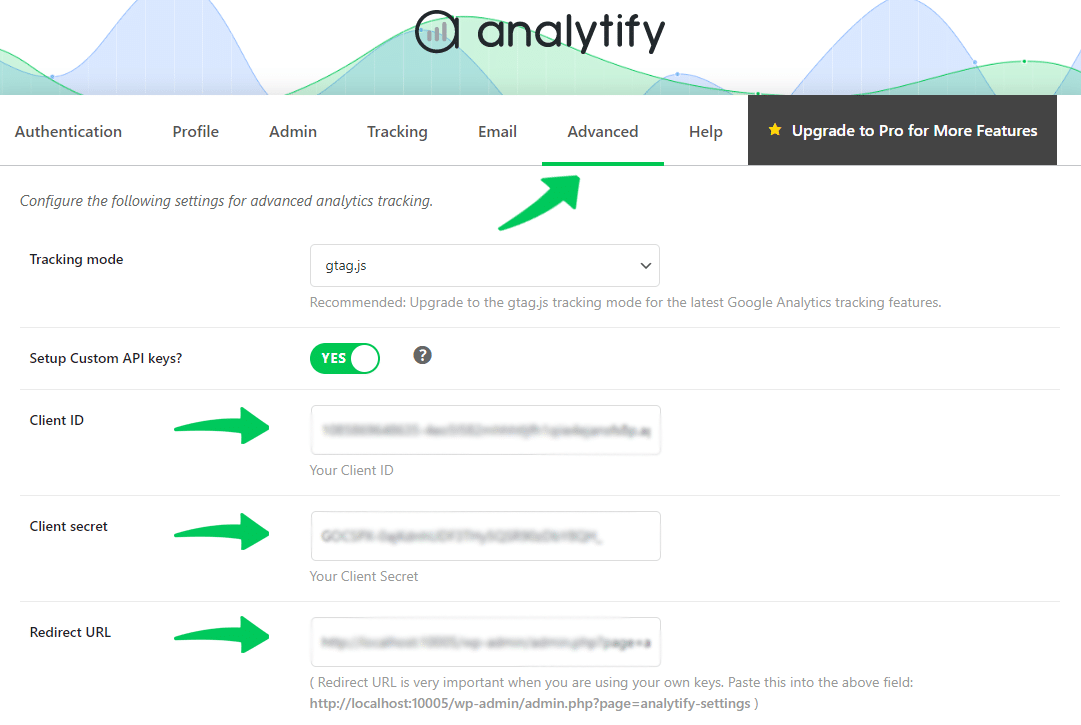In an increasingly complex digital environment, mastering the performance of your website is essential. Google Analytics has become an essential tool for analyzing and optimizing your digital strategy. By wisely leveraging its features, you can transform your data tracking, gain an in-depth understanding of your audience, and thus improve your marketing effectiveness. With precise indicators, this tool facilitates the tracking of your goals and allows you to adjust your actions in real-time to maximize your return on investment.
Google Analytics is an indispensable tool for measuring and optimizing the performance of your website. Thanks to its ability to analyze traffic and user behavior, it helps identify opportunities to improve the customer experience. By tracking key KPI such as the number of sessions, the bounce rate, or the time spent on the site, you can adjust your strategy and increase the engagement of your visitors. The wise use of this tool will also help you prioritize your actions and maximize your return on investment. By integrating Google Analytics into your digital marketing practices, you will transform your data into concrete results.

Google Analytics is an essential tool for anyone looking to optimize their online results. It not only analyzes a website’s traffic but also helps understand visitor behavior, track conversions, and improve the overall performance of digital strategies. To transform the tracking of your performance, it is vital to master the features and key indicators provided by this platform.
Table of Contents
ToggleUnderstanding Google Analytics
Before diving into the secrets of the tool, it is important to define what Google Analytics is. It is a free service offered by Google that collects data on web traffic and allows for the analysis of visitor behavior. With this framework, businesses can establish a solid foundation for their online marketing strategy.
To take advantage of this tool, it is necessary to install a tracking code on your website. This code is responsible for collecting the data, which will then be stored and analyzed in your Google Analytics dashboard. Once this process is in place, you will have access to a wealth of information, including the number of sessions, the average duration of visits, the most viewed pages, and the sources of traffic.
Key Performance Indicators (KPI)
Knowing which indicators to track is crucial for optimizing your performance. Among the essential indicators, we find:
- The bounce rate: It represents the percentage of visitors who leave your site after viewing only one page. A high bounce rate may indicate that the landing page is irrelevant or that the content needs improvement.
- Conversions: Tracking your conversion goals, whether it’s filling out a form, making a purchase, or signing up for a newsletter, is fundamental to evaluating your site’s effectiveness.
- Time spent on site: A good browsing time generally indicates engaging and relevant content that captures users’ attention.
- Traffic sources: Knowing where your traffic comes from (search engines, social networks, referring sites, etc.) allows you to adapt your strategies based on the most effective communication channels.
To better understand the results, the tool also offers customized reports and segments that help you analyze specific groups of users, allowing for deeper analysis.
Interpreting Data to Improve Marketing
Once you have access to the data, it is vital to know how to interpret it. It’s not just about collecting figures, but analyzing them to derive relevant action items. To do this, you can use the custom dashboards in Google Analytics that allow you to quickly visualize the most pertinent information for your activity.
Moreover, it is crucial to set precise goals. Google Analytics offers the possibility to define custom conversion goals to track key actions on your site. For example, if your aim is to increase newsletter sign-ups, you can configure a goal that allows you to track this process and adjust your marketing strategies to encourage these behaviors.
Finally, for those looking to deepen their analysis, it is possible to integrate Google Analytics with tools like Google Data Studio to create more visual and comprehensible reports. This way, you will have an overview of your marketing performance, facilitating decision-making.
By mastering these elements, you will be able not only to track your performance effectively but also to transform this data into concrete actions that will boost your digital strategy.











